Black Pepper & Capsaicin: A Fiery Fusion for Flavor Lovers!
Spices are the secret weapons in every kitchen. Whether you're a professional chef or a weekend griller, knowing how to play with spices can transform your meals from bland to brilliant. Today, we’re diving into two of the most popular and powerful flavor boosters: black pepper and capsaicin. While they might seem like opposites — one sharp and earthy, the other blazing hot — when used together (or understood separately), they can elevate your cooking game dramatically.
Table of Contents
- What Is Black Pepper?
- Understanding Capsaicin: The Heat Behind Peppers
- Black Pepper vs. Capsaicin: Key Differences
- Why Combine Black Pepper and Capsaicin?
- Recipes Using Both Spices
- Buying Guide: Choosing Quality Black Pepper and Capsaicin Products
- Conclusion
What Is Black Pepper?
Black pepper comes from the dried berries of the Piper nigrum plant. Known as the “king of spices,” it’s been used for thousands of years across cultures not only for its flavor but also for its medicinal properties. Its heat is more of a pungent bite than a fiery burn, making it perfect for layering flavor without overwhelming your taste buds.
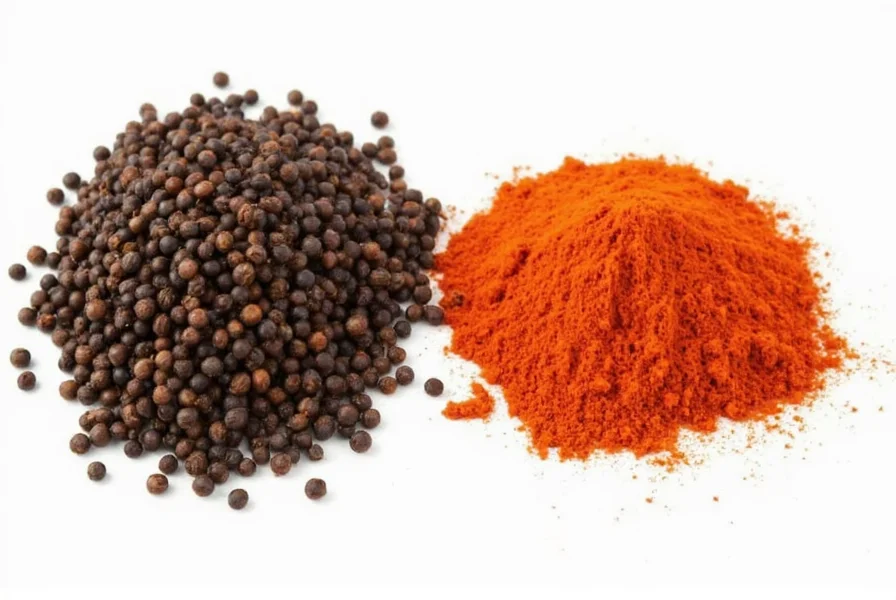
The Active Ingredient: Piperine
The main compound that gives black pepper its punch is called piperine. It’s responsible for that tingly, almost spicy sensation you feel on your tongue and even in your nose after inhaling crushed black pepper. Unlike capsaicin, piperine doesn’t bind to pain receptors; instead, it stimulates them gently, which is why black pepper feels less aggressive than chili peppers.
Understanding Capsaicin: The Heat Behind Peppers
Capsaicin is the chemical compound found in chili peppers that makes them hot. From mild bell peppers to fiery ghost peppers, the amount of capsaicin determines how much heat you’ll experience. This compound binds to pain receptors in your mouth and skin, sending signals to your brain that you're being burned — even though there’s no actual physical damage happening.
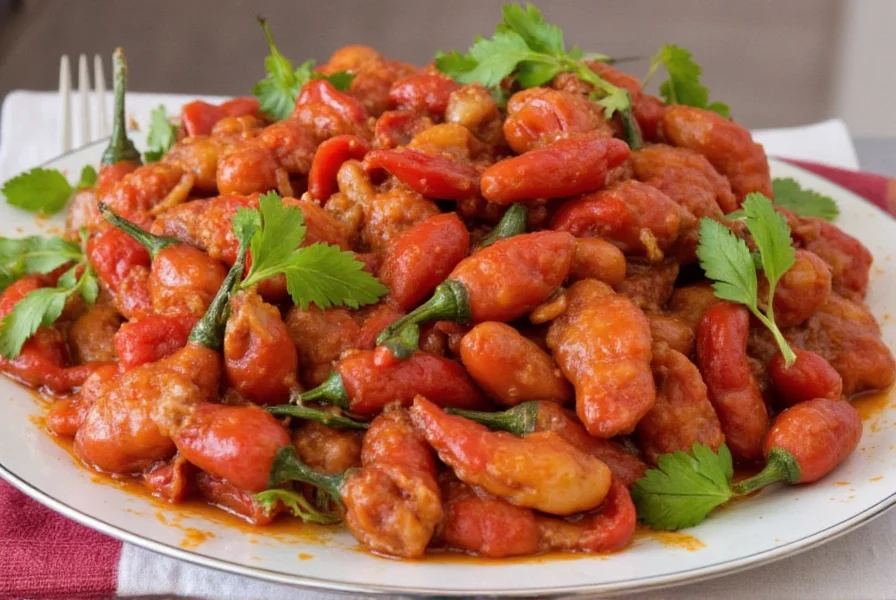
Why Capsaicin Feels Hot
- Activates TRPV1 receptors (also known as the vanilloid receptor)
- Triggers endorphin release, creating a natural high
- Used in topical creams for pain relief
- Can increase metabolism temporarily
Black Pepper vs. Capsaicin: Key Differences
While both compounds add heat to food, their mechanisms and effects are quite different. Here's a side-by-side comparison:
| Mechanism | Heat Level | Sensory Experience | Health Benefits |
|---|---|---|---|
| Piperine activates transient receptor potential (TRP) channels | Mild to moderate warmth | Tingling, aromatic | Enhances nutrient absorption |
| Capsaicin binds to TRPV1 receptors | Moderate to extreme heat | Burning, intense | Pain relief, fat burning |
Why Combine Black Pepper and Capsaicin?
Combining black pepper and capsaicin may sound like overkill, but in many cuisines, especially Indian, Thai, and Mexican dishes, this pairing is a classic. Here’s why it works:
- Layered Heat: Black pepper adds a subtle background warmth while chilies bring the upfront fire.
- Flavor Depth: Together, they create a complex sensory experience — the earthiness of black pepper balances the raw heat of chilies.
- Enhanced Bioavailability: Piperine in black pepper enhances the body’s ability to absorb capsaicin, increasing its effects.
- Digestive Boost: Both compounds stimulate digestion, helping break down fats and proteins.
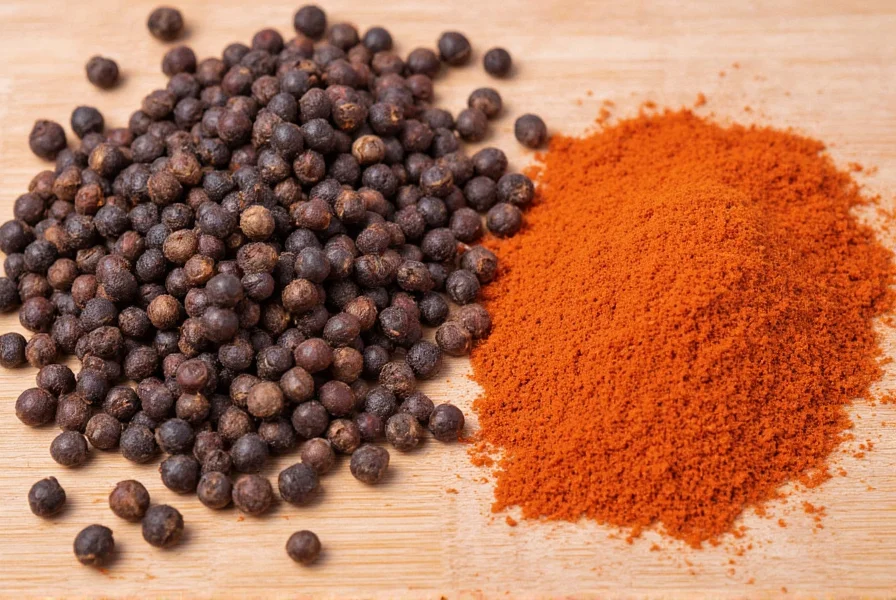
Pro Tip: Use in Curries and Stews
Try adding freshly ground black pepper to a red curry before serving. You’ll notice how it softens the spice while bringing out hidden flavors in the coconut milk base.
Recipes Using Both Spices
If you're ready to experiment, here are three recipes that highlight the power of combining black pepper and capsaicin:
- Thai-Inspired Stir Fry
Sauté garlic and ginger in coconut oil, add shrimp or tofu, then stir in crushed red pepper flakes and a generous grind of black pepper. Finish with lime juice and cilantro. - Mexican-Style Chili
Simmer kidney beans, tomatoes, ground beef or jackfruit, chili powder, cumin, and a sprinkle of cracked black pepper. Let it sit overnight for deeper flavor. - Indian Garam Masala Chicken
Marinate chicken with garam masala (which includes black pepper), turmeric, and fresh green chilies. Cook slowly until tender, then finish with a drizzle of cream.
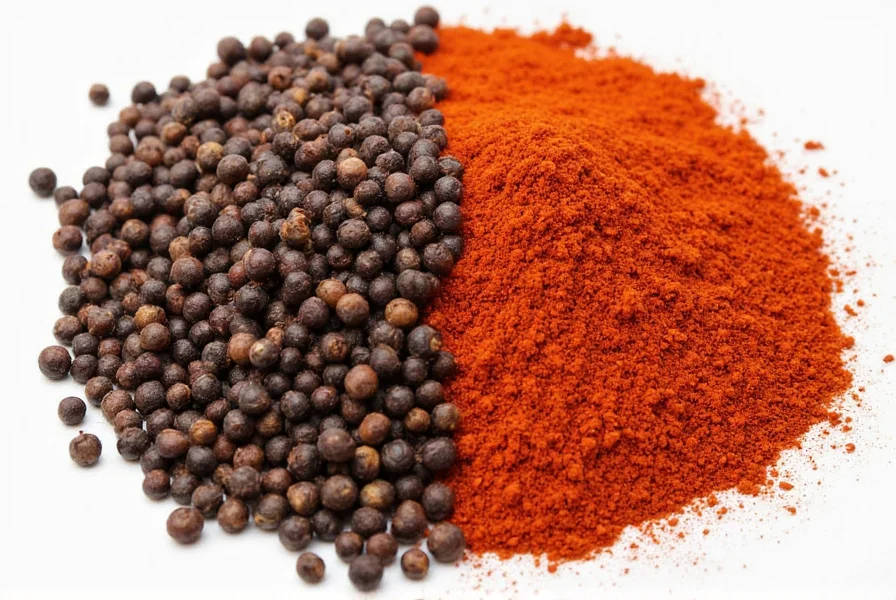
Buying Guide: Choosing Quality Black Pepper and Capsaicin Products
Not all spices are created equal. To get the best results, invest in high-quality products. Here's what to look for:
Black Pepper Buying Tips
- Whole peppercorns retain flavor longer than pre-ground versions.
- Look for Malabar or Tellicherry peppercorns for superior aroma.
- Avoid plastic containers; choose glass or tin to preserve freshness.
- Smell test: Fresh black pepper should have a strong, woody scent.
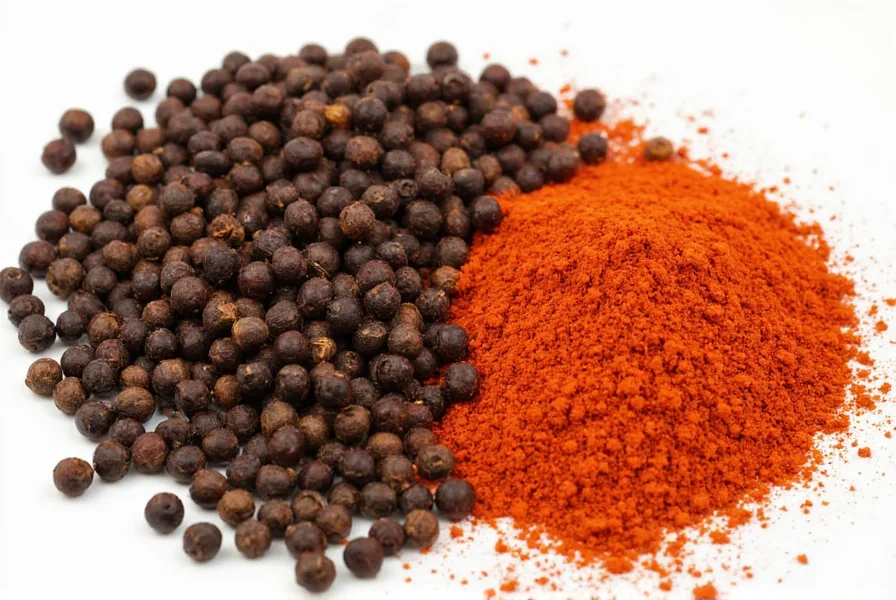
Capsaicin Products to Consider
If you want to harness capsaicin without the hassle of chopping chilies, consider these options:
| Product Type | Features | Best For | Occasion |
|---|---|---|---|
| Hot Sauce (e.g., Tabasco, Sriracha) | Versatile, shelf-stable, easy to dose | Everyday use, sandwiches, tacos | Weeknight dinners, picnics |
| Capsaicin Extract Supplements | Concentrated, odorless, tasteless | Metabolism boosters, health enthusiasts | Morning routines, workouts |
| Ground Cayenne Pepper | Strong heat level, pure capsaicin content | Cooking, baking, rubs | Barbecue seasonings, spice mixes |
Top Product Picks
- Round Pebble Black Pepper Mill – Adjustable grind settings, ergonomic design
- La Costeña Ground Capsaicin Powder – Pure, potent, no fillers
- Frank’s RedHot Sauce – Balanced heat, tangy flavor
Conclusion
Black pepper and capsaicin are more than just ways to make your eyes water or your tongue tingle — they’re tools for crafting unforgettable meals. By understanding how each spice behaves and interacts with food and your body, you can control heat levels, enhance flavor complexity, and even reap some health benefits along the way.
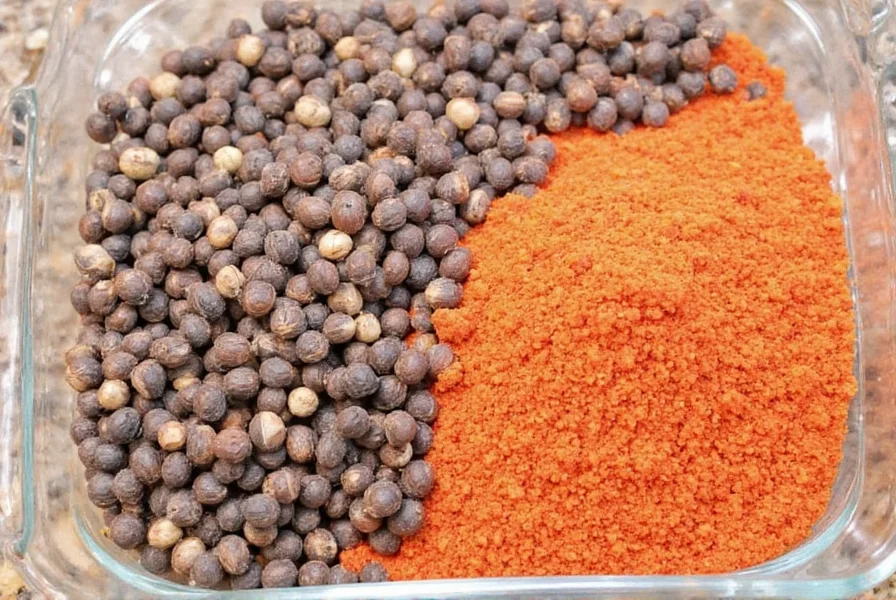
So next time you reach for that shaker of black pepper or grab your favorite bottle of hot sauce, take a moment to appreciate the chemistry behind the heat. With a little knowledge and creativity, you can master the art of spice blending and impress everyone at the dinner table.

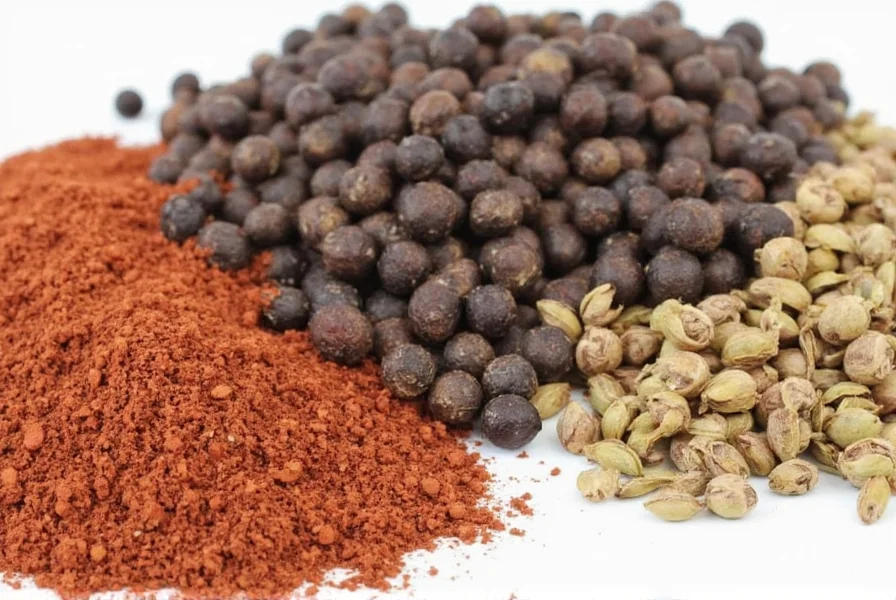









 浙公网安备
33010002000092号
浙公网安备
33010002000092号 浙B2-20120091-4
浙B2-20120091-4